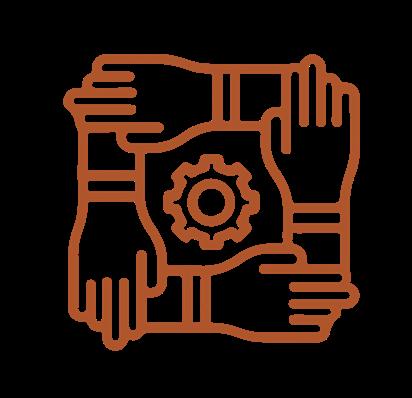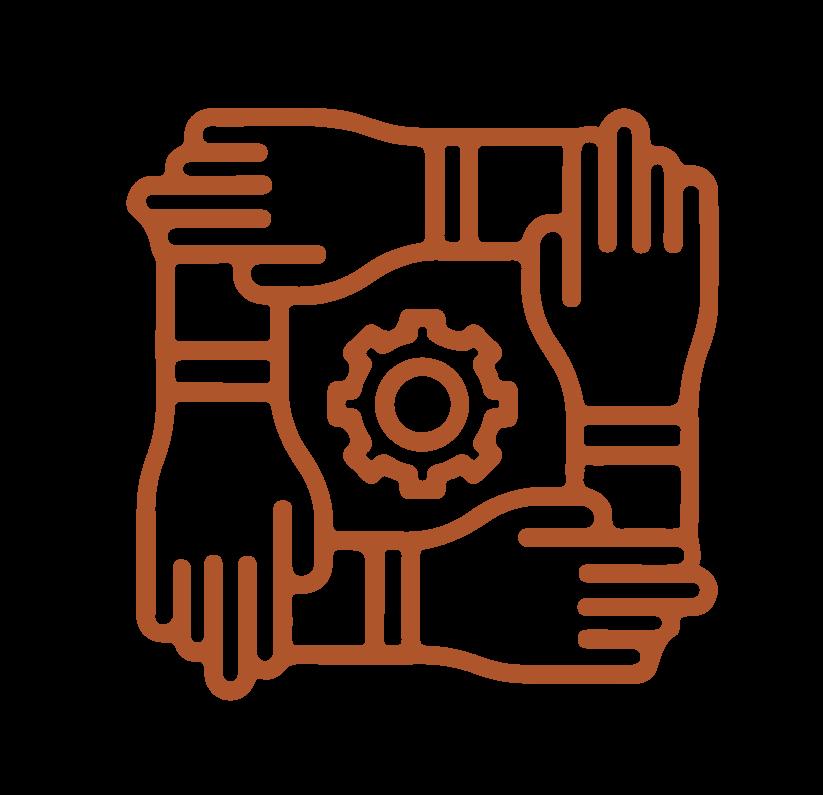




OUR MISSION
To protect everyone’s right to a healthy environment
The Clean Air Council is a membersupported environmental organization serving Pennsylvania and the surrounding regions. The Council is dedicated to protecting everyone’s right to a healthy environment. The Council works through a broad array of sustainability and public health initiatives, including public education, community action, government oversight, and enforcement of environmental laws.
OUR VISION
To secure a future where all people in Pennsylvania and surrounding regions have clean air, water, and land that support healthy communities

The Council fights for a future where all communities have the resources and ability to access clean, renewable energy, sustainable forms of transportation, protection from the impacts of climate change, and access to vibrant and safe greenspace.
The Council works to ensure communities, particularly environmental justice communities, can meaningfully participate in the decisions that impact their health and welfare, so that they can build and maintain thriving, just, and environmentally resilient communities.
The Council envisions a future where people live in balance with wildlife and nature and enjoy its bounty, ensuring there is always enough for everyone, and have peace in knowing that it will be preserved for future generations.
The Council works for a future where pollution and industries are no longer able to harm the health, welfare, and quality of life of people, communities, and other living things, as well as a future where people, individually and collectively, are empowered to take actions and make decisions that advance this vision.
COUNCIL STRATEGIC PLAN | 2024-2030
OUR MISSION | To protect everyone’s right to a healthy environment

Impact

OUR VISION | To secure a future where all people in Pennsylvania and surrounding regions have clean air, water, and land that support healthy communities
Reduce PA’s GHG emissions to nearly zero and significantly cut health-harming pollution
Cultivate strategic relationships needed to advance the mission of the Council Engagement

Nurture a culture and structures that will support staff growth and enhance the Council’s ability to execute its mission Organizational Development

By 2050: Reduce PA’s GHG emissions to nearly zero and significantly cut health-harming pollution. By 2030: Reduce this pollution at the pace needed to meet the 2050 goals.


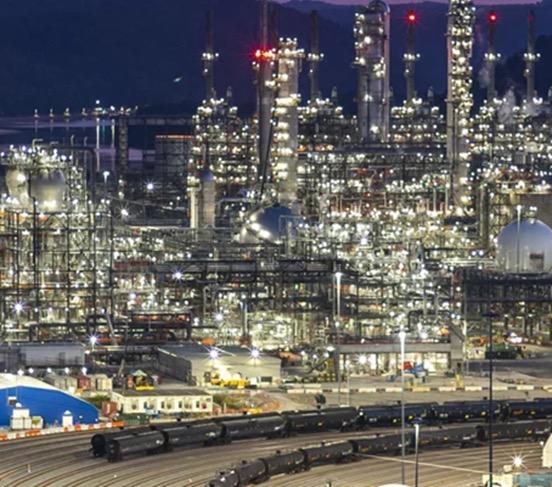
Phase out fracking and related operations


Stop dangerous petrochemical projects
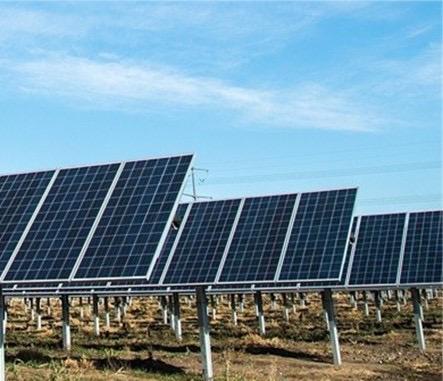
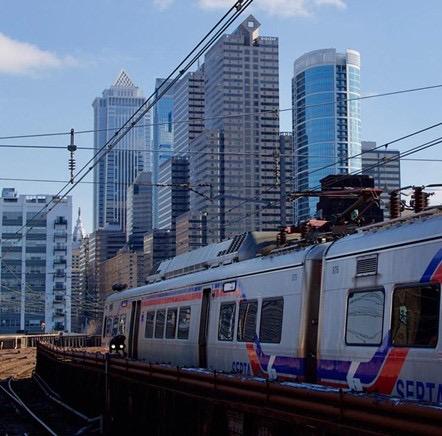
Achieve 50% renewable energy in Pennsylvania by 2030 and 100% by 2045

Make biking, walking, transit and electric vehicles the primary way most people get around
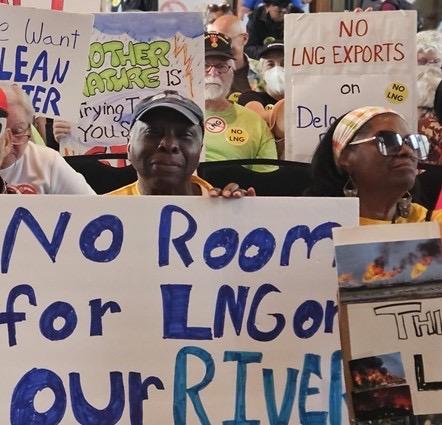

Stop pollution in all communities, with environmental justice communities as a priority

GOAL:
Phase out fracking and related operations
STRATEGIES:
• Establish no-drill zones near communities and natural resources
• Mobilize and support grassroots opposition to gas infrastructure
• Oppose government subsidies for fossil gas
• Ensure timely and strong EPA and PA oil and gas methane standards
• Ensure more rigorous and effective enforcement of environmental laws
• Hold oil and gas companies legally responsible for climate change impacts Fracking and related infrastructure is both dangerously polluting and too close to our homes, schools, hospitals, streams, and other public resources, threatening people’s health and the environment. Health experts have established that living near fracking exposes residents to unsafe levels of pollution linked to serious health problems. By 2030, we will significantly cut harmful pollution from fracking and phase it out near PA communities and critical natural resources.
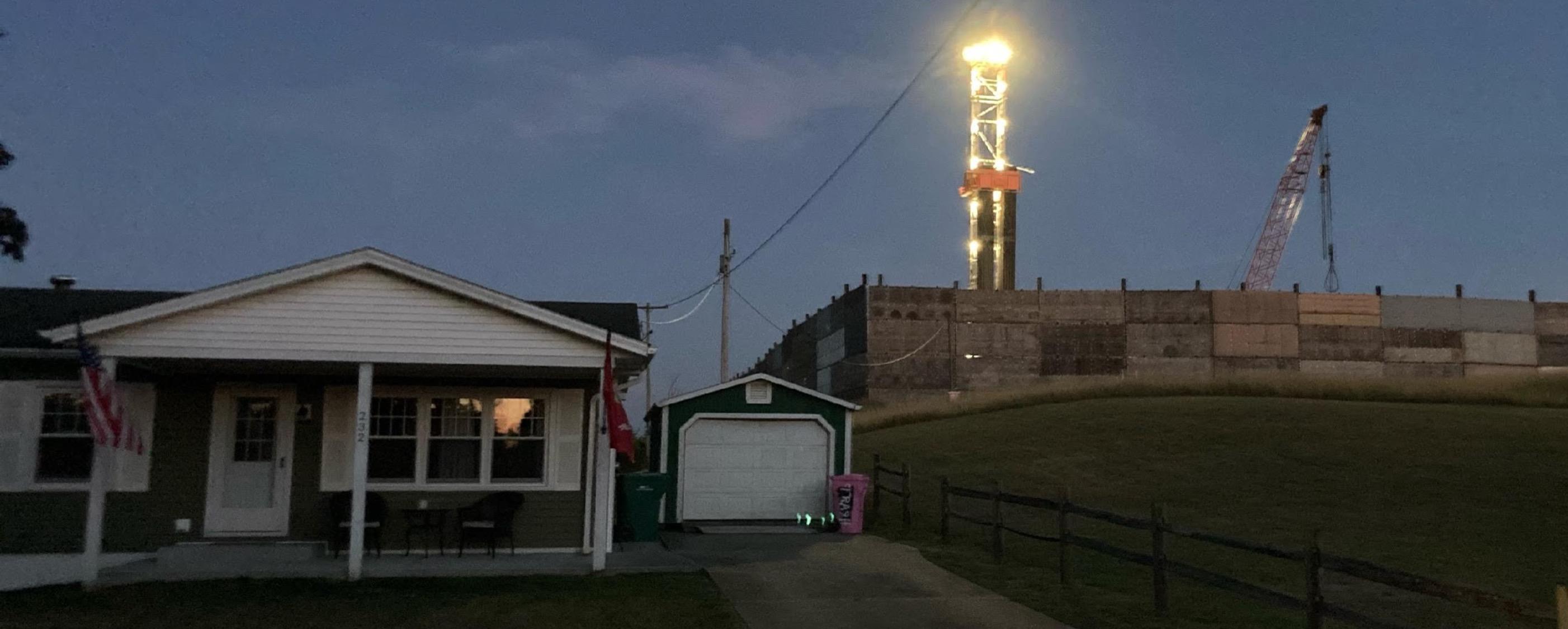

GOAL:
Stop dangerous petrochemical projects
STRATEGIES:
The production of more petrochemicals — chemicals derived from oil and gas that are used for plastics, fertilizers, and other products — threatens to harm our communities and increase the demand for fossil gas. Since Pennsylvania is a major oil and gas state, it is imperative to oppose proposed petrochemical facilities and hold existing facilities accountable to the public and the law.
• Reduce demand for single-use plastics
• Advance sustainable alternatives to plastics for durable products
• Prevent proposals for petrochemical facilities from advancing
• Hold existing petrochemical facilities accountable for health and environmental impacts
• Oppose government incentives for petrochemical facilities
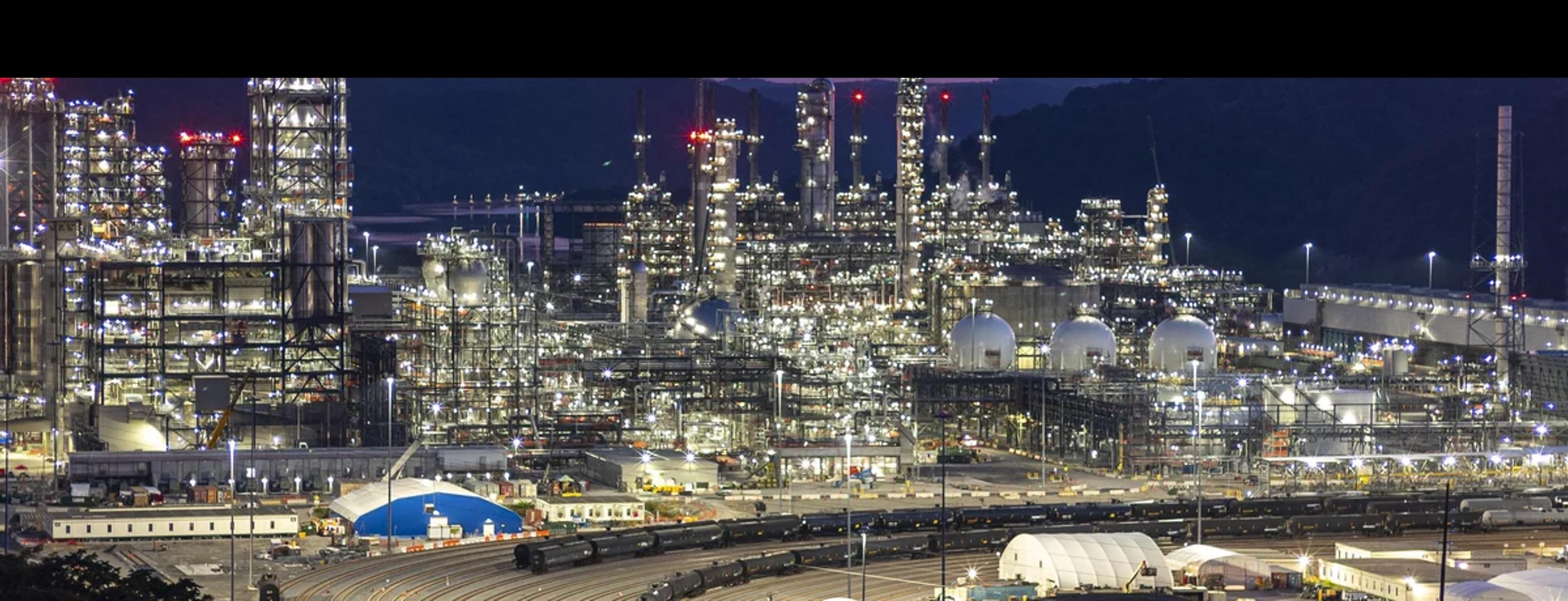


STRATEGIES: IMPACT
GOAL:
Achieve 50% renewable energy in Pennsylvania by 2030 and 100% by 2045
• Secure ambitious state and local renewable energy policies and approvals that result in new projects in Pennsylvania
• Leverage the efficiency and clean energy incentives in the Inflation Reduction Act (IRA)
• Maximize effective implementation of the Regional Greenhouse Gas Initiative (RGGI)
• Oppose new fossil gas power plants
• Counter false climate solutions that seek to extend fossil fuel plants
Renewable energy can help displace polluting fossil fuels used to produce electricity. Ending our reliance on fossil fuels for electricity and greatly increasing renewable energy on the grid will significantly cut climate pollution and harmful air pollution. Renewable energy can also cost-effectively contribute to creating a reliable energy grid and provide opportunities for jobs and economic development.


GOAL: Make biking, walking, transit, and EVs the primary way most people get around
The transportation sector is the leading contributor of climate pollution nationally, and in urban areas is the leading form of harmful air pollution. Reducing the reliance on the single occupancy vehicle, in particular fossil fuel powered vehicles, is critical to meeting our climate and health goals. By 2030, our goal is that people across the state are better connected by walking, biking, transit, and expanded access to EVs. By 2050, we will work to make these modes the primary way of getting from place to place for most people.
STRATEGIES:
• Ensure public transit is convenient, safe, well-funded, affordable, and provides high-quality service
• Ensure biking and walking are safe and enjoyable
• Advocate for equitable planning for and access to parks, trails, and sustainable transit options
• Increase electrification of the transportation sector
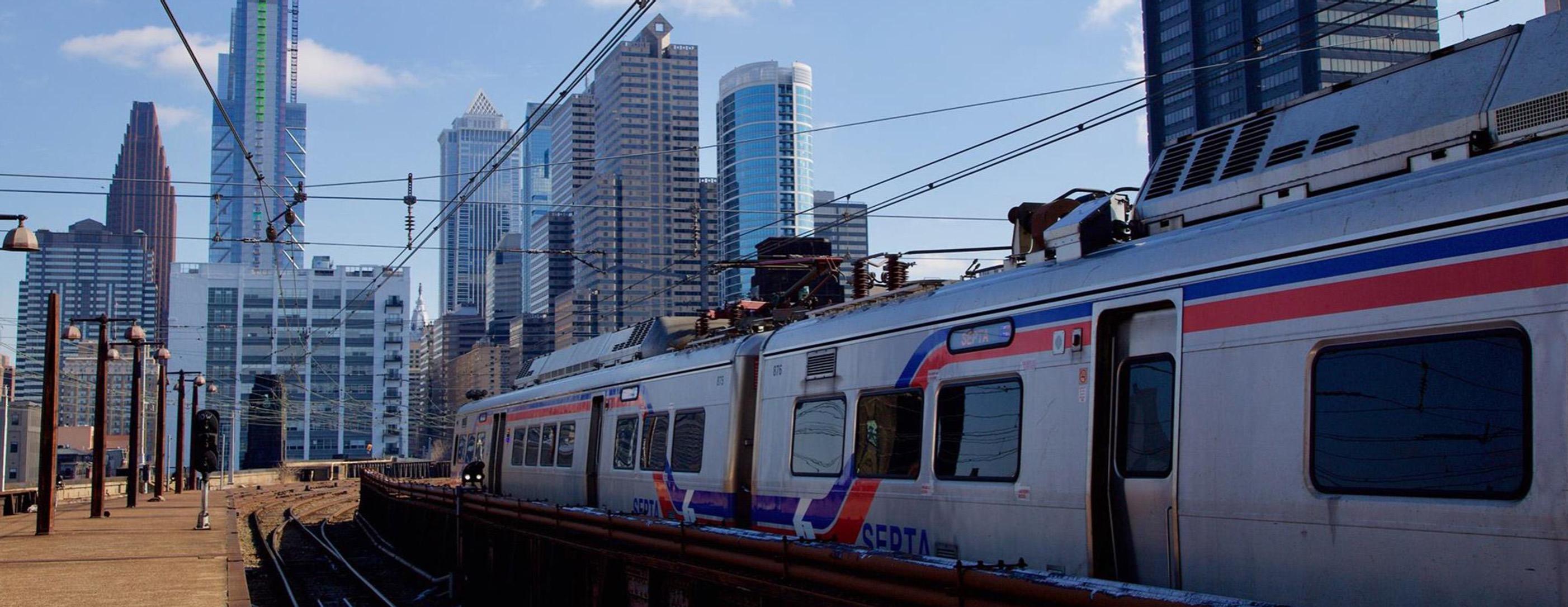

STRATEGIES: IMPACT
GOAL: Stop harmful pollution in all communities, with environmental justice communities as a priority
• Raise and amplify concerns about existing or proposed polluting facilities
• Hold existing facilities and companies accountable for health-harming pollution and climate change impacts
• Advocate for more health-protective air and water quality standards
• Advance the environmental sustainability and climate resiliency of our communities
Many communities are disproportionately affected by multiple, cumulative environmental hazards for generations. By 2050, our goal is that dozens of currently existing EJ communities are no longer excessively burdened by health-harming pollution and have the capacity to envision and reshape their communities to meet their goals, including resiliency to climate impacts.

